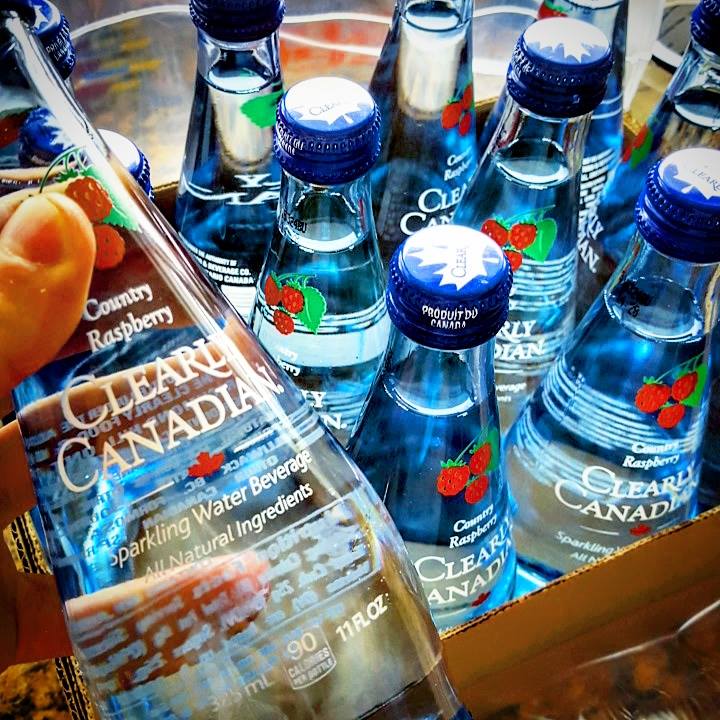Today in Human Guinea Pig History: 9/8
Twenty-two years ago today, one of the biggest brands in pharmaceutical research and clinical trials was first registered as a service mark in the United States. On September 8, 1998, Covance, Inc. was granted U.S. Registration No. 2188319 for the mark COVANCE for “economic forecasting and analysis for the health industry” and “testing and product development of biopharmaceuticals and medical devices.” The company’s origins date back to 1968, but the name COVANCE was adopted when it spun off from Corning Incorporated in 1996. Currently owned by LabCorp, Covance bills itself as “the world’s most comprehensive drug development company,” and the 2188319 registration is still in force.

![By -donald- [GFDL (http://www.gnu.org/copyleft/fdl.html) or CC-BY-SA-3.0 (http://creativecommons.org/licenses/by-sa/3.0/)], via Wikimedia Commons.](https://images.squarespace-cdn.com/content/v1/539530d2e4b0e3021538f0db/1535411005214-YIKM3PJGYT6FR8CGZMUS/nutella.jpg)
![By Anton from USA (WWE House Show - Garrett Coliseum - 1/10/15) [CC BY-SA 2.0 (https://creativecommons.org/licenses/by-sa/2.0)], via Wikimedia Commons.](https://images.squarespace-cdn.com/content/v1/539530d2e4b0e3021538f0db/1527824620104-G9ID2HGKUP7XNUCORPEU/john_cena.jpg)
![By Fotonovela [CC BY-SA 3.0 (https://creativecommons.org/licenses/by-sa/3.0)], from Wikimedia Commons.](https://images.squarespace-cdn.com/content/v1/539530d2e4b0e3021538f0db/1525140842232-K14EOFHSTCFNRNN8K0JP/gatorade.jpg)
![Dysprosia [BSD (http://opensource.org/licenses/bsd-license.php)], via Wikimedia Commons.](https://images.squarespace-cdn.com/content/v1/539530d2e4b0e3021538f0db/1519861122045-81XSPI5CQF9NX55S2L7D/Oh_Henry_bar.jpg)
![By Xosema (Own work) [CC BY-SA 4.0 (https://creativecommons.org/licenses/by-sa/4.0)], via Wikimedia Commons.](https://images.squarespace-cdn.com/content/v1/539530d2e4b0e3021538f0db/1514870305014-08GK15PBSR7VC1WC0MLW/Fogos_artificiais_-_Fuegos_artificiales_-_Fireworks_-_Santa_Minia_2014_-_Brion_-_Animacion_-_05.gif)
![By Derek Kastner from Reston, VA, USA (Carnival Conquest VII) [CC BY 2.0 (http://creativecommons.org/licenses/by/2.0)], via Wikimedia Commons.](https://images.squarespace-cdn.com/content/v1/539530d2e4b0e3021538f0db/1512107190833-8APTVW10EKYPW00P7FG5/carnival.jpg)
![By Internet Archive Book Images [No restrictions], via Wikimedia Commons.](https://images.squarespace-cdn.com/content/v1/539530d2e4b0e3021538f0db/1506831827069-N30F10TYZP2J6EPTSK8B/camel_ad.jpg)
![By JonRidinger (Own work) [CC BY-SA 4.0 (http://creativecommons.org/licenses/by-sa/4.0)], via Wikimedia Commons.](https://images.squarespace-cdn.com/content/v1/539530d2e4b0e3021538f0db/1502089013082-LJ5C9BKJLZFK86NOL4GR/image-asset.jpeg)

![By Internet Archive Book Images [No restrictions], via Wikimedia Commons.](https://images.squarespace-cdn.com/content/v1/539530d2e4b0e3021538f0db/1501801472496-STK3QEK6MB4MEQBW1K4W/image-asset.jpeg)
![By Mwilde2 (Own work) [CC BY-SA 4.0 (http://creativecommons.org/licenses/by-sa/4.0)], via Wikimedia Commons.](https://images.squarespace-cdn.com/content/v1/539530d2e4b0e3021538f0db/1501643285141-3U353UMXNWG1E88JATFN/image-asset.png)
![By Evan-Amos (Own work) [CC0], via Wikimedia Commons.](https://images.squarespace-cdn.com/content/v1/539530d2e4b0e3021538f0db/1501551415066-MH5E95RPPYCYUT00EPTM/image-asset.jpeg)

![By Zanitycomau (Own work) [CC BY-SA 3.0 (http://creativecommons.org/licenses/by-sa/3.0)], via Wikimedia Commons.](https://images.squarespace-cdn.com/content/v1/539530d2e4b0e3021538f0db/1496289946532-IN6NZVF5T5NBTVOSC8O7/image-asset.jpeg)
![By Bernard de Go Mars (Own work) [CC BY-SA 4.0 (http://creativecommons.org/licenses/by-sa/4.0)], via Wikimedia Commons.](https://images.squarespace-cdn.com/content/v1/539530d2e4b0e3021538f0db/1493610300954-LMQ6PTLE2ZN1FF7VY7L3/image-asset.gif)
![By Johntorcasio (Own work) [CC BY-SA 3.0 (http://creativecommons.org/licenses/by-sa/3.0)], via Wikimedia Commons.](https://images.squarespace-cdn.com/content/v1/539530d2e4b0e3021538f0db/1490503068823-SQU4NCV8L1ABU35YABC0/image-asset.jpeg)


![By Jeremy from Sydney, Australia (Chevrolet Camaro SS) [CC BY 2.0 (http://creativecommons.org/licenses/by/2.0)], via Wikimedia Commons.](https://images.squarespace-cdn.com/content/v1/539530d2e4b0e3021538f0db/1487361100632-QETTHRQ5QFXKPV2X4CO0/chevrolet_logo.jpg)